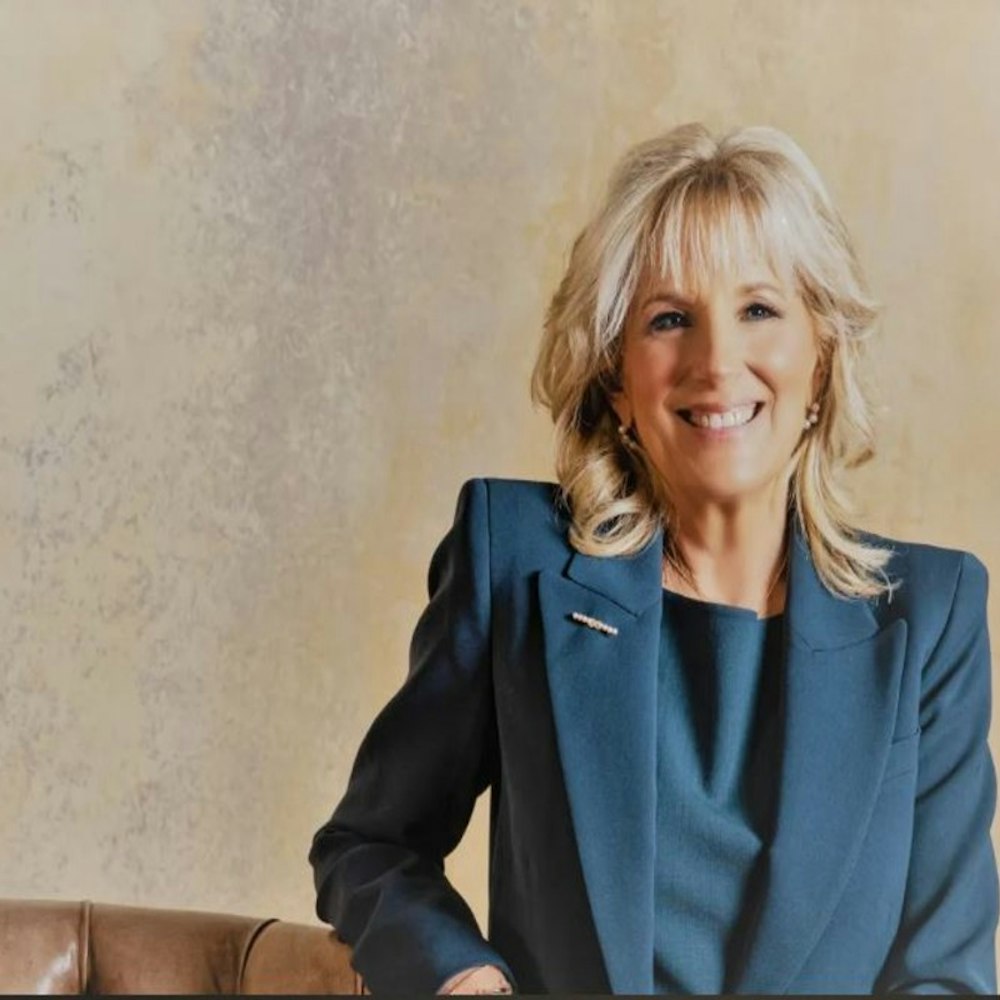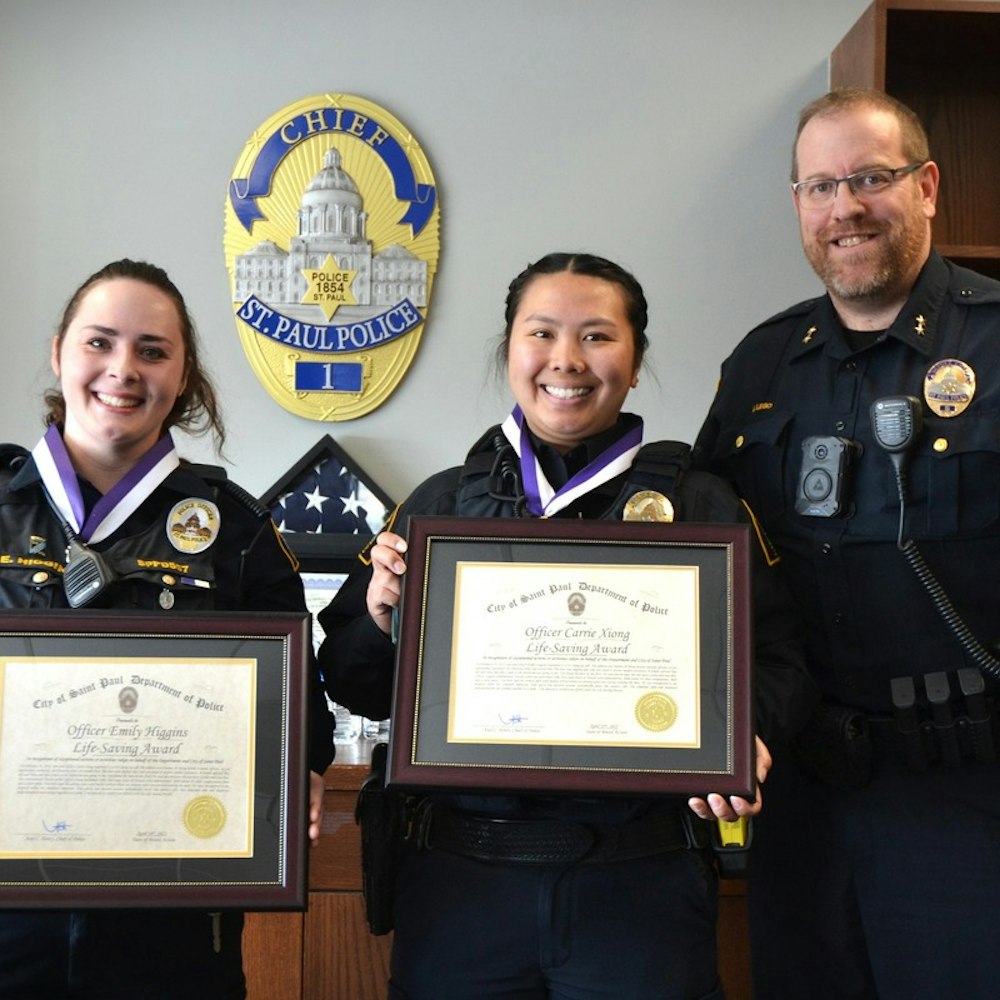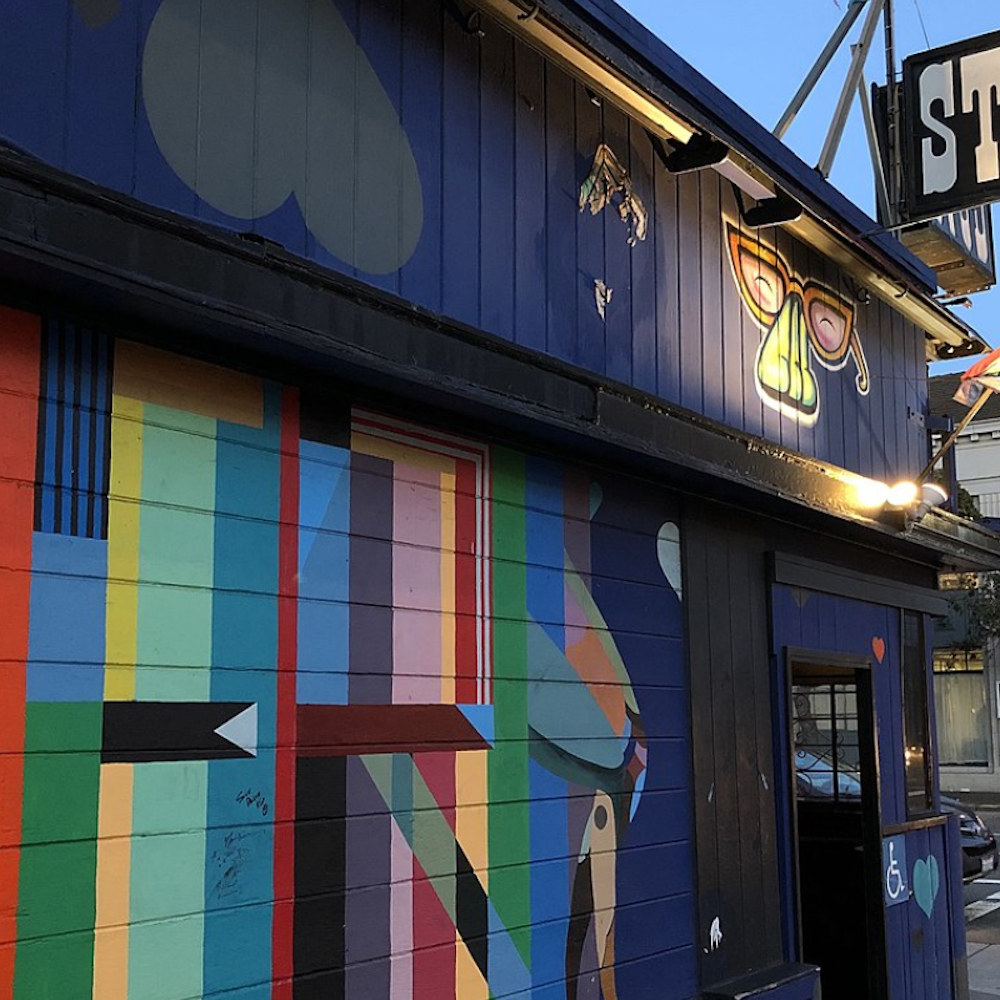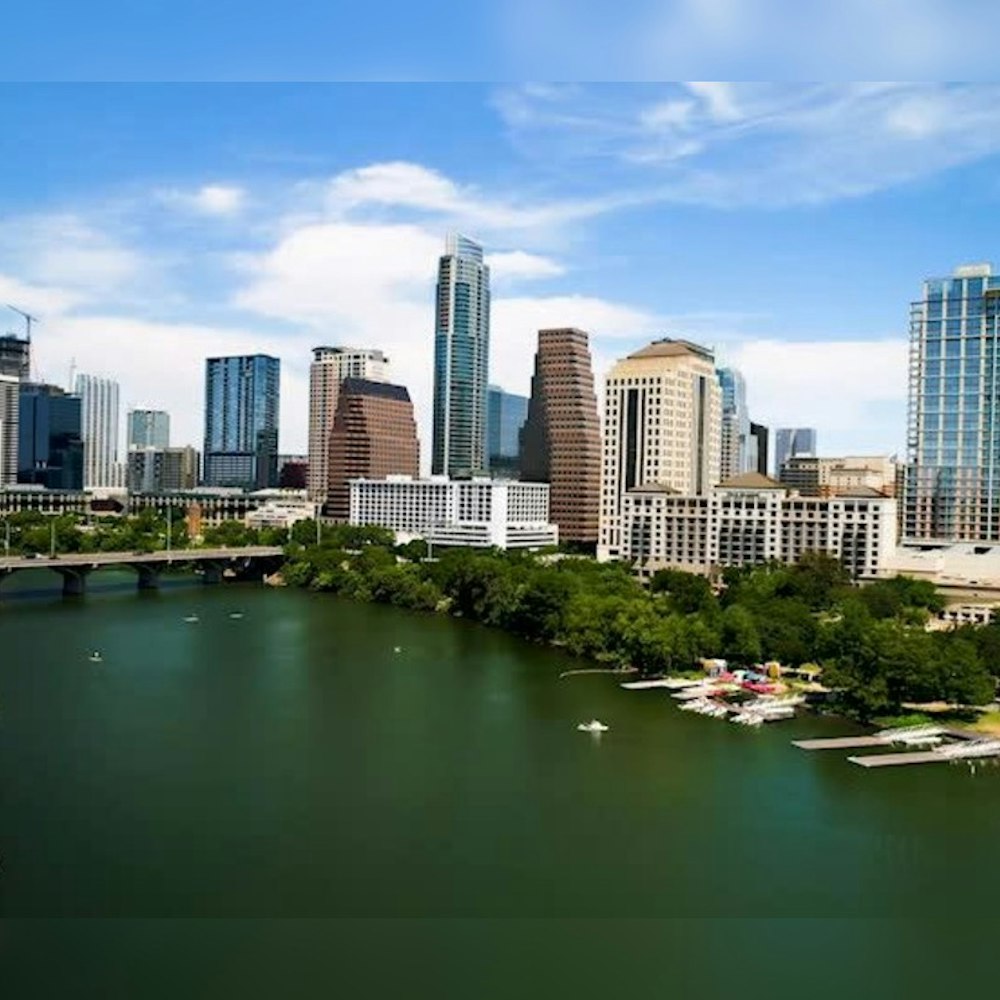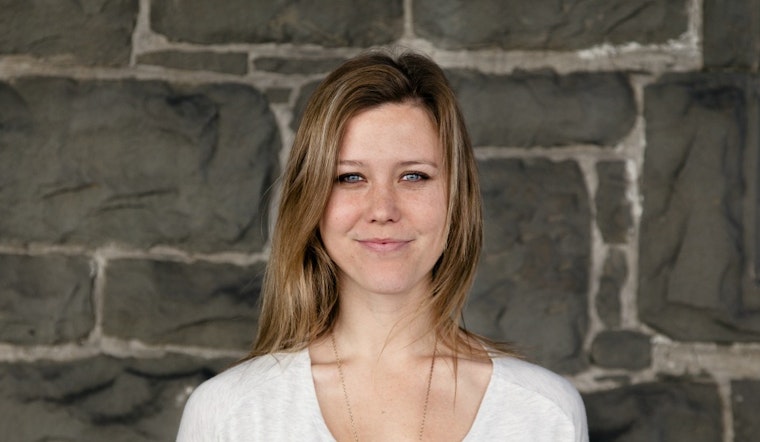
San Francisco's growing tech scene and its plethora of non-profits have helped build the city to what it is today. But in a 49-square-mile city with limited real estate, finding a physical space for your company to call home isn't always easy.
At the forefront is Kalin Kelly, a "founders broker" who represents start-ups and non-profits looking for office space. She's managed a wide array of clients from AngelList to Gray Area and recently helped create a comprehensive map of all the tech real estate deals in San Francisco since 2012.
We sat down with Kalin to learn more about commercial real estate, the struggles facing non-profits, and the evolution of the Mid-Market area.
How did you get into your current line of work?
"Well, I was a pretty self-sufficient entrepreneur from an early age. I moved out when I was 15, put myself through community college, and then graduated from Berkeley when I was barely 21. I had big dreams, and decided I was going to go back to Southern California and get a business development job. I did that for a bit, but then I got into startups.
"When I first moved to San Francisco it was as marketing director for CM Commercial, a private boutique firm. At the same time I was working in business development for ShareDesk, which is like an AirBnB for office space.
"While I was working for both of them I noticed this huge disconnect between what startups were needing with commercial real estate, and what commercial real estate was giving them. So I decided to become a broker, and help from the inside out.
"I took an "Eat Pray Love" trip to Thailand to try to figure out how I could be more effective and impactful. I came back rejuvenated and refreshed, and hit the ground running. It's been a phenomenal journey. I'm a founder's broker, a space connector, a consultant—but essentially what I do as a partner at 357 Investments is represent the CEO/Founder/Investors' best interests on their lease and purchase of commercial real estate in San Francisco."
Tell us a little bit about your role representing startups in commercial real estate.
"Commercial real estate has two different kind of brokers: listing brokers, and tenant brokers. About 10 percent of the entire broker industry exclusively represents tenants. Their goal is to get the building's owner the highest price and the best term, and in this market it's entirely an owner's market.
"Founders get a bunch of money from investors, and they have to scale, they need to grow their team, they need a space, but they don't know anything about commercial real estate. So my job is partly educating them on the market, and making sure they know what they're actually in for before they sign a lease, and protecting their interests.
"One of the things I look out for is building owners setting the price per square foot much higher than those buildings around them. When startups buy into this they're both single-handedly raising the price of square footage in their area and making it difficult for other companies to get into fair price workspace. And that for me is really frustrating."
You work with a lot of non-profits—what got you into this field, and what are the struggles they face in our current competitive real estate market?
"Many people don't know this, but I try to balance my life between non-profits, artists and also tech. I've lived in both worlds, I still am in both worlds. In the past couple years I've been getting more and more immersed into the scene.
"I've worked with Root Division, Grey Area Arts & Technology and 821 Valencia (which is opening a writing center in the Tenderloin very soon), and on behalf of private investors that generously take on the commercial real estate costs of properties to enable the arts community to remain in San Francisco.
"Non-profits have a really hard time getting space in the city. They require long leases, they don't have a lot of capital, and they often require less than the asking price, and they're competing for grants from the city against every other non-profit institution in San Francisco. They also often have to be in a certain area, and a certain term is required of their building, and they have to have the building on lock. It's not hard to find spots for them—it's worse than hard. It is painful and it is nearly impossible.
"I don't do non-profit deals for payment. A lot of times brokers don't get paid on deals, if they're not credit tenants, or whether or not they're ideal for the landlord, but sometimes you get lucky."
What pop-ups currently exist along Mid-Market that make use of empty spaces temporarily?
"The first one that comes to mind is Root Division. They had a long term lease in the Mission off of 17th Street, and that area is changing drastically. The entity that owned that building is a non-profit as well. They saw the neighborhood changing, and Root Division had a very low lease. Essentially if you're a non-profit you have to make money somewhere, and [the owner non-profit] decided to put the lower 7,000 feet space where Root Division was on the market.
"I got connected with Michelle Mansour, who's phenomenal and who spearheaded Root Division. We worked tirelessly trying to find them a space in a serious time constraint and worked closely with the city and Leiasa Beckham (senior real estate consultant with the Northern California Community Loan Fund). She ultimately solidified a deal securing them a space 1061 Market. Leiasa was the key player in this and crucial in getting Root Division in to the ground floor space. More recently, she's found them a permanent home at 1131 Mission."
What are the biggest challenges facing the future of commercial and non-profit real estate?
"Where are people going to go? We live in 49 square miles surrounded by reality. One of my fantastic clients, Stamen Design, and I pulled together a map which is a clear depiction of the biggest commercial real estate leases and purchases in the tech scene from 2012 onward. You can see through the data visualization the movement into different neighborhoods, particularly from SoMA to the Financial District, Mission, Mid-Market, and the Dogpatch. It's an entire piece showing the evolution of movement in tech, as well as in inventory."
Take a look at the map to get a sense of the changing landscape of city commercial real estate.


